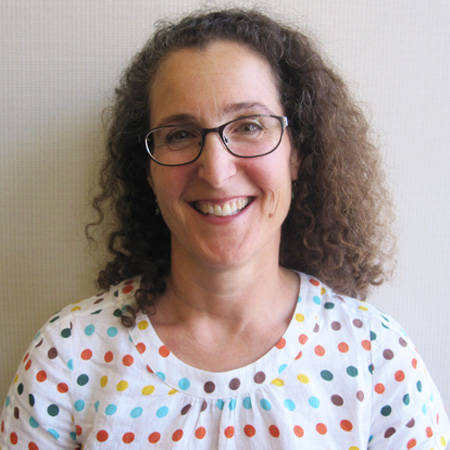When I was in art school I had to lead a discussion on Plato and creativity. I read the article once or twice, underlined some passages, made a few notes, and thought I was ready. But in front of my class I froze. My heart beat like crazy, I went into a cold fog, and I lost all of my thoughts. I had hovered over the material and thought that was good enough. Instead of connecting to it I was caught faking it. I hated that. I made a promise to myself to know my subject better. No more faking.
Today, I'm an artist and an art teacher as well as a mom to three boys. I've been making and teaching art for 30 years. I look at a lot of art, I listen to people talk about their art, I read about art, I've worked in galleries and shown my work here and there. At home, our dining room table is an art table where my kids spend hours creating.
What I know about drawing is that it is deeply rooted in looking. If I look closely at something and draw what I truly see instead of what I think I should see, I'm drawing from my connection to the thing rather than my assumption about the thing. If I am being honest with how I am looking, then the drawing is the most authentic it can be.
But when I begin a piece wanting it to look good, I start having hopes and wishes for the piece. My expectations cloud my vision and I'm wanting instead of looking.
As a teenager, I was home alone a lot. I drew abstract images from my head. I drew my desk, my house, my old VW Bug. I was drawing my world, a world less lonely because I was drawing the stuff of my life. I came to know my world better from drawing it. I also came to appreciate it more and feel better in it.
My world became more authentic, and I wasn't faking it.
.
With a Perspective, I'm Janet Jacobs.
